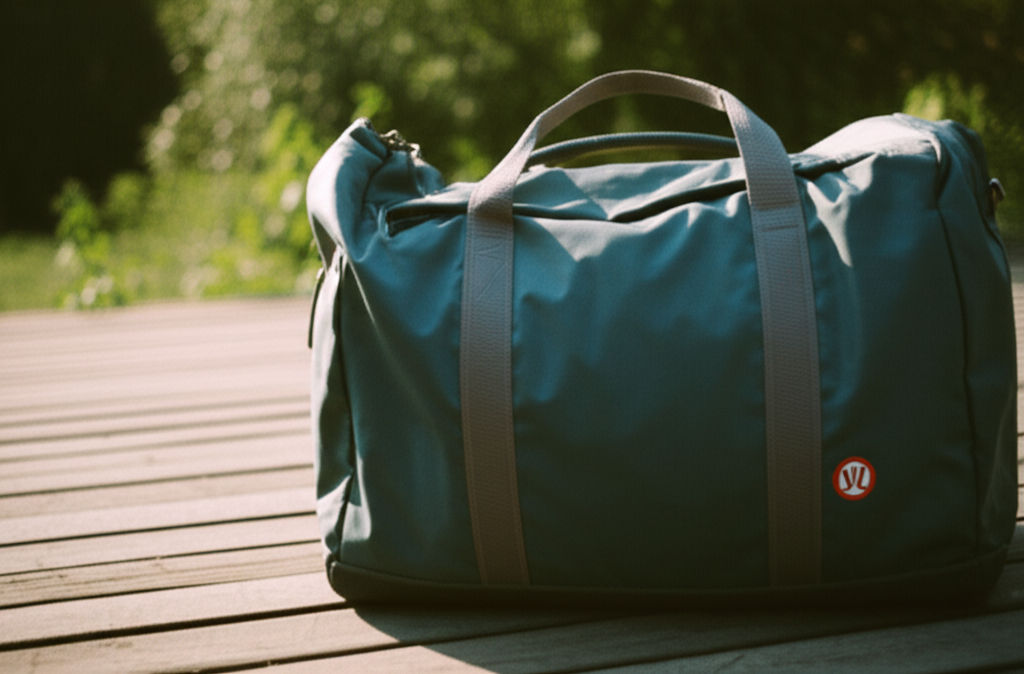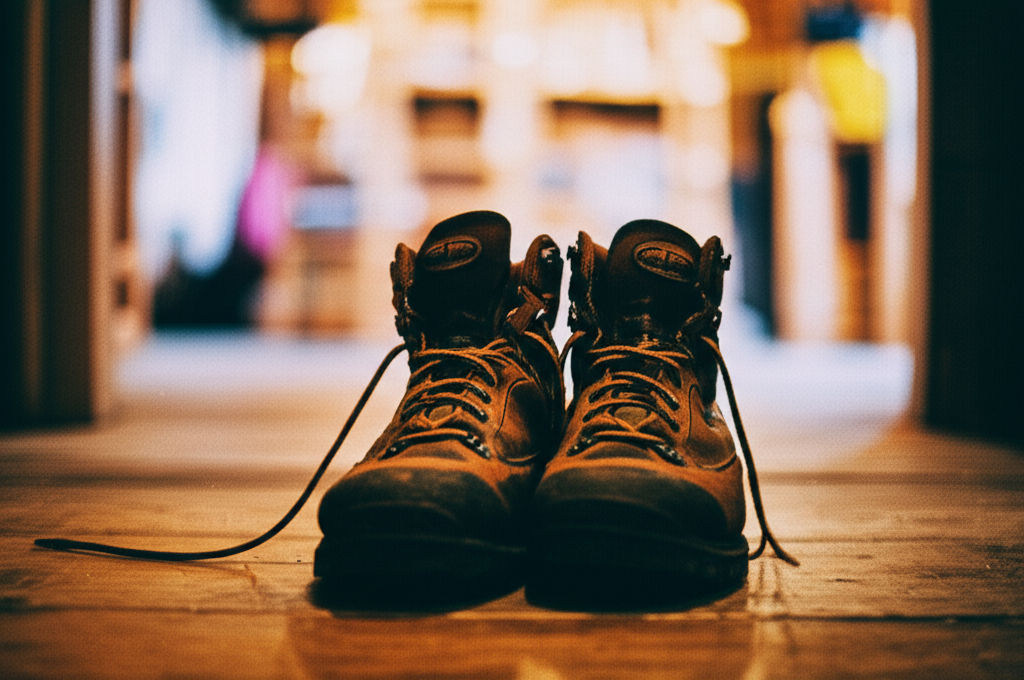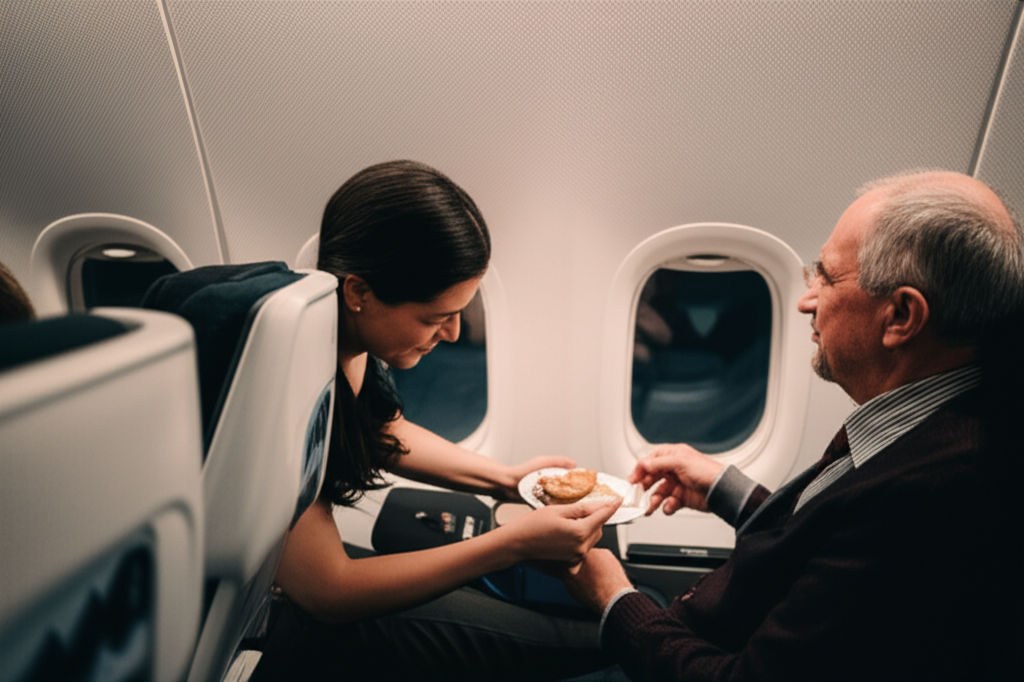How far bullets can travel
Ikhsan Rizki

Photo: Unravel the science of ballistics! Discover how far bullets really travel, influenced by gravity, drag, and wind. Beyond straight lines, learn the truth.
How Far Can Bullets Travel? Unraveling the Science of Ballistics
Have you ever wondered about the true journey of a bullet once it leaves the barrel of a firearm? It's a common misconception to imagine a bullet traveling in a perfectly straight line until it hits its target or simply runs out of steam. The reality, however, is far more complex and fascinating, governed by a delicate interplay of physics and environmental factors. Understanding how far bullets can travel isn't just a matter of curiosity; it's crucial for safety, responsible firearm use, and appreciating the intricate science of ballistics.
In this comprehensive guide, we'll delve into the science that dictates a bullet's flight path, explore the various elements that influence its range, and distinguish between theoretical maximum distances and practical effective ranges. By the end, you'll have a clearer, more informed perspective on the incredible journey of a bullet.
Understanding Bullet Trajectory: More Than a Straight Line
The path a bullet takes from the moment it exits the muzzle until it impacts something or falls to the ground is known as its trajectory. Far from being a straight line, this path is a curved arc, primarily due to constant forces acting upon it.
The Forces at Play: Gravity, Drag, and Wind
Three primary forces continuously influence a bullet's flight:
- Gravity: The moment a bullet leaves the barrel, gravity begins to pull it downwards. This downward acceleration is constant, meaning the bullet is always "falling," even as it moves forward at incredible speeds. To compensate for this, a firearm's barrel is typically angled slightly upward relative to the line of sight, allowing the bullet to arc towards the target.
- Drag (Air Resistance): As the bullet speeds through the air, it encounters resistance, known as aerodynamic drag. This force acts to slow the bullet down, reducing its velocity. The amount of drag is significantly affected by the bullet's shape (its ballistic coefficient) and the density of the air. A more aerodynamic bullet will experience less drag and thus maintain its speed and energy for longer distances.
- Wind: Wind can significantly alter a bullet's trajectory, pushing it off course. Even a slight breeze can cause a bullet to drift, especially over longer distances. Shooters must account for windage to ensure accuracy.
Key Factors Influencing Bullet Travel Distance
The maximum distance a bullet can travel is not a fixed number; it varies wildly depending on a combination of factors.
Ammunition Type and Caliber
Different calibers and types of ammunition are designed for different purposes, and their maximum range reflects this. Generally, rifle rounds travel much farther than handgun rounds due to higher muzzle velocities and more aerodynamic designs.
- Bullet Weight and Design: Heavier bullets tend to retain their energy better over distance, while the shape of the bullet (e.g., pointed, boat-tail) greatly impacts its ability to cut through the air and resist drag.
- Powder Load: The amount and type of propellant powder in a cartridge directly influence the bullet's initial speed, or muzzle velocity. Higher muzzle velocity generally translates to greater potential range.
Muzzle Velocity and Barrel Length
The speed at which a bullet leaves the firearm's barrel (muzzle velocity) is a primary determinant of how far it can travel. A higher muzzle velocity means the bullet spends less time in the air, giving gravity and drag less time to pull it down and slow it. Barrel length also impacts initial velocity; longer barrels generally allow for higher muzzle velocities as they provide more time for the propellant gases to accelerate the bullet.
Angle of Fire
The angle at which a bullet is fired has a profound effect on its maximum range. For a projectile to achieve its furthest possible travel distance, it is typically fired at an optimal angle of elevation, often around 30 to 45 degrees from the horizontal. Firing straight up (90 degrees) will result in the bullet traveling high but falling back down relatively quickly due to gravity and drag. Firing perfectly horizontally will see the bullet hit the ground much sooner due to immediate gravitational drop.
Environmental Conditions
The environment plays a significant role in a bullet's flight:
- Air Density: This is influenced by altitude, temperature, and humidity. Denser air (lower altitude, colder temperatures, higher humidity) creates more drag, reducing bullet range.
- Wind: As mentioned, wind can push a bullet laterally, but a headwind will also reduce its forward speed, and a tailwind can slightly increase it.
Maximum vs. Effective Range: What's the Difference?
It's crucial to distinguish between a bullet's "maximum range" and its "effective range."
- Maximum Range: This is the absolute farthest distance a projectile can travel before it loses all forward momentum and falls to the earth, often when fired at an optimal elevation angle. At its maximum range, a bullet may no longer be accurate or retain significant energy.
- Effective Range: This refers to the distance at which a shooter can reliably hit a target with acceptable accuracy and, for hunting or tactical purposes, where the bullet still possesses enough energy to achieve the desired effect (e.g., a humane kill or neutralization of a threat). The effective range is always significantly shorter than the maximum range.
Understanding the Numbers for Common Calibers
Here are some approximate maximum travel distances for common calibers, keeping in mind that these are under ideal conditions and can vary significantly based on the specific ammunition, firearm, and environmental factors:
- ** .22 Caliber (e.g., .22 LR):** Often underestimated, a .22 LR bullet can travel surprisingly far, typically ranging from 1 to 1.5 miles (approximately 1,760 to 2,640 yards). Its effective range, however, is generally around 150 to 250 yards for accuracy and lethal impact.
- 9mm: A common handgun caliber, a 9mm bullet can travel up to 2-3 miles (around 3,500 to 5,280 yards) when fired optimally. Its effective range for a pistol is much shorter, typically around 50 yards, though it can be effective up to 150 yards from a rifle.
- ** .223 / 5.56mm:** Popular rifle calibers, these can travel over 2 miles (up to 3,600 meters or 2.2 miles). The effective range for a .223 is often cited around 400-500 yards.
- ** .308:** A powerful rifle caliber, a .308 can have a maximum range of 3.5 to 4.5 miles (approximately 5,675 to 7,225 meters or 6,200 to 7,900 yards) when fired at an ideal angle. Its effective range for experienced shooters can be between 600 to 1,000 yards, and up to 875 yards for tactical scenarios.
The Critical Importance of Safety and Awareness
The extensive distances bullets can travel underscore the paramount importance of firearm safety. Every bullet fired, regardless of caliber, can pose a significant danger far beyond the intended target.
Always Know Your Backstop
A fundamental rule of firearm safety is to "Know your target and what is beyond it". This means ensuring that there is a safe, solid backstop capable of stopping the bullet behind your target, preventing it from traveling into unintended areas where it could cause injury or property damage. Natural features like hillsides can serve as effective backstops.
The Dangers of Celebratory Gunfire
Firing a gun into the air is extremely dangerous and irresponsible. While a bullet fired straight up will eventually lose its upward momentum and fall back down due to gravity, it does not become harmless. The bullet will reach a terminal velocity as it descends, which can still be high enough to cause serious injury or be lethal upon impact. This is why celebratory gunfire is a significant safety concern and is illegal in many places.
Conclusion
The journey of a bullet is a remarkable display of physics in action, influenced by a complex interplay of initial velocity, aerodynamics, gravity, and environmental conditions. While modern ammunition and firearms are engineered for incredible precision and range, understanding how far bullets can travel is more than just academic knowledge; it's a critical component of responsible firearm ownership and safety.
Always remember that even a "small" bullet can travel for miles and retain dangerous energy. Prioritizing safety through proper training, understanding ballistics, and always being aware of your surroundings and what lies beyond your target is paramount.
Frequently Asked Questions (FAQ)
Q1: Can a bullet fired straight up kill someone when it comes down?
Yes, absolutely. While a bullet fired straight up will eventually lose its upward velocity and fall back down, it will reach a terminal velocity due to gravity and air resistance. This descending speed can still be substantial enough to cause serious injury or be lethal upon impact.
Q2: What is the farthest a bullet has ever traveled and hit a target?
While maximum theoretical ranges for some calibers can reach several miles, the longest recorded sniper kill was taken from 3,800 meters (approximately 2.36 miles) using a 12.7×114mm HL caliber rifle. This highlights the extreme precision and conditions required for such long-distance accuracy.
Q3: Does a bullet lose power over distance?
Yes, a bullet continuously loses both speed (velocity) and energy as it travels through the air. This is primarily due to air resistance (drag) and gravity. The further a bullet travels, the less kinetic energy it retains, which is why effective range is much shorter than maximum range for hunting or self-defense purposes.
Q4: Is a .22 caliber bullet truly dangerous given its small size?
Yes, a .22 caliber bullet is dangerous and capable of causing serious injury or death. Despite its small size, it travels at significant speeds. Ammunition boxes for .22 LR rounds often carry warnings about their range of 1.5 miles, emphasizing their potential for long-distance travel and the need for extreme caution.
Business
View All
November 19, 2025
Why Deloitte Is Laying Off ConsultantsUnderstand why Deloitte is laying off consultants. Economic headwinds, post-pandemic overhiring, and shifting client needs are key factors.
Ikhsan Rizki

August 11, 2025
Review of HON Office FurnitureChoosing office furniture? Our HON review covers reliability, affordability, and who it's best for, helping you pick the right fit for your workspace.
Ikhsan Rizki

August 31, 2025
Best Ways to Find Costco Coupons in 2025Unlock maximum Costco savings in 2025! Discover how to find Instant Savings, use the app, and get email deals for ultimate discounts.
Ikhsan Rizki

November 5, 2025
Virginia Business Search Made EasyUnlock Virginia business info effortlessly! Our guide simplifies SCC searches for name availability, due diligence, and company details. Get reliable results.
Ikhsan Rizki

August 14, 2025
Business Lessons from Busy SpiderUnravel the secrets of success! Discover how a spider's strategic web design, persistence, and efficiency can transform your business.
Ikhsan Rizki

September 10, 2025
How to Style a Risky Business OutfitElevate your office style! Master the "risky business outfit," balancing professionalism with a confident, fashion-forward edge.
Ikhsan Rizki
Economy
View AllUnpack "full employment" beyond zero unemployment. Discover its true meaning, impact on the economy, and how it shapes policy. Master key economic concepts.
Ikhsan Rizki
Decatur, GA on a budget? Learn strategies to find an affordable, quality hotel stay. Enjoy your trip without sacrificing comfort or location!
Ikhsan Rizki
Find comfortable, clean, and affordable economy lodges for your next trip. Our guide helps you discover budget-friendly stays near you!
Ikhsan Rizki
Unlock motivation with the power of token economies! Learn the psychology behind this system to drive positive behavior and achieve goals.
Ikhsan Rizki
Upgrade your long-haul flight! Discover ITA Airways Premium Economy: enhanced comfort, more space, and amenities without the business class price tag. Is it for...
Ikhsan Rizki
Is Singapore Airlines Economy a cut above? Uncover its premium comfort, world-class entertainment, and renowned service in this guide.
Ikhsan Rizki
Education
View AllMaster "Physical Education" in Spanish! This guide covers "Educación Física," "EF," and regional variations like "Gimnasia." Speak confidently!
Read MoreDiscover special education teacher salaries! Learn national averages, key influencing factors, and strategies to boost your income in this rewarding career.
Read MoreUncover the UGA Marine Center in Savannah, GA. Dive into groundbreaking marine research, education, and conservation protecting Georgia's coast.
Read MoreEmpower your child's special education journey. An IEE offers an unbiased second opinion to ensure their needs are truly met.
Read MoreShape the future of education! Explore Director of Education jobs, key responsibilities, and career paths for experienced leaders.
Read MoreUnpack why Democratic AGs are suing the Education Dept. Learn the key issues, from student loans to policy, and their impact on American education.
Read MoreHealth
View All
September 24, 2025
Pueblo Community Health ServicesDiscover Pueblo Community Health Services (PCHS): accessible, comprehensive medical, dental, & behavioral health for all in Pueblo. Your guide to quality care.
Ikhsan Rizki

August 24, 2025
LifeStance Health Reviews TodayConsidering LifeStance Health? Get real patient insights. Explore services, reviews, and tips to decide if this mental health platform is right for you.
Ikhsan Rizki

November 6, 2025
Ponce Health Sciences University InfoPonce Health Sciences University (PHSU): A distinguished choice for health education, offering diverse programs, cutting-edge research & community focus.
Ikhsan Rizki

November 29, 2025
San Jose Behavioral ServicesSan Jose behavioral services: Your guide to mental wellness in Silicon Valley. Find local support & thrive amidst life's pressures.
Ikhsan Rizki

October 26, 2025
Follow My Health Northwell Login TipsGet seamless access to your Follow My Health Northwell patient portal. Our guide offers tips to resolve login issues and manage your health records with ease.
Ikhsan Rizki

August 24, 2025
Top 25 Health Science Jobs for 2025Unlock your future! Discover the top 25 in-demand health science jobs for 2025. Find a fulfilling and stable career in healthcare.
Ikhsan Rizki
Popular Articles
View All
1
2
3
4
5
6
7
8
9
10
Lifestyle
View All
November 2, 2025
What is HM Lifestyle on your credit card
Mysterious "HM Lifestyle" charge on your card? Unravel what it means, from H&M purchases to potential fraud, and how to investigate.

September 18, 2025
Life With a Five Million Dollar Net Worth
Ever wonder what life with $5M net worth is *really* like? Uncover the true realities, responsibilities, and financial freedom beyond the luxury.

November 24, 2025
Inside Red Monkey Lifestyle Brand
Red Monkey Lifestyle Brand: Authentic rock & roll style handcrafted in America. Unique, vintage-inspired accessories for those who stand out.

October 1, 2025
The Passage Hotel Is a Must Stay
The Passage Hotel Basel: Your must-stay destination for luxury, comfort, and an unbeatable city center location. Unforgettable travel awaits!

August 13, 2025
Manchester Adult Lifestyle Overview
Unlock your best life in Manchester! This guide covers top neighborhoods, career insights, leisure, and community to help you thrive in this vibrant city.

October 8, 2025
Bose Model 5 Music System
Explore the Bose Model 5 Music System. Get immersive, room-filling sound from a sleek, compact home audio solution. Rediscover your music!

November 8, 2025
Inside the world of Lifestyle Inc
Explore "Lifestyle Inc," the vast ecosystem shaping modern life. Understand its influence, make mindful choices, and take control of your well-being.

November 18, 2025
Are Lifestyles Prices Worth It
Are your lifestyle choices worth the cost? Decode "lifestyle prices" to ensure you're getting true value from your spending.
Sports





Travel
View All
October 31, 2025
Tex Best Travel Center Roadside Stop
Find the perfect pit stop in Texas! Tex Best Travel Center offers clean restrooms, diverse fuel, and food to redefine your road trip experience.

October 4, 2025
EOS Vanilla Cashmere Hand Cream Travel Size
Banish dry travel hands! Get soft, hydrated skin on the go with EOS Vanilla Cashmere Hand Cream Travel Size. Your compact hydration secret.

September 27, 2025
Prayer for Safe Travel
Find peace and protection for your journey. Discover how a powerful prayer for safe travel can reduce anxiety and bring divine peace of mind.

August 5, 2025
Direct Line travel insurance
Direct Line travel insurance: No new policies. Existing customer? This guide helps you manage your policy, understand coverage, & navigate claims.

October 4, 2025
Fellow Travelers Book on Love and Politics
Discover Thomas Mallon's "Fellow Travelers," a poignant novel masterfully intertwining forbidden love with McCarthy-era political paranoia.

November 7, 2025
Lululemon Travel Bag for Active Lifestyles
Elevate your active travel! Find the ultimate Lululemon bag for seamless organization, durability, and style on all your adventures.

















